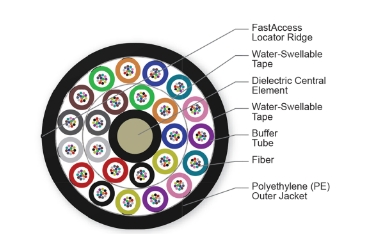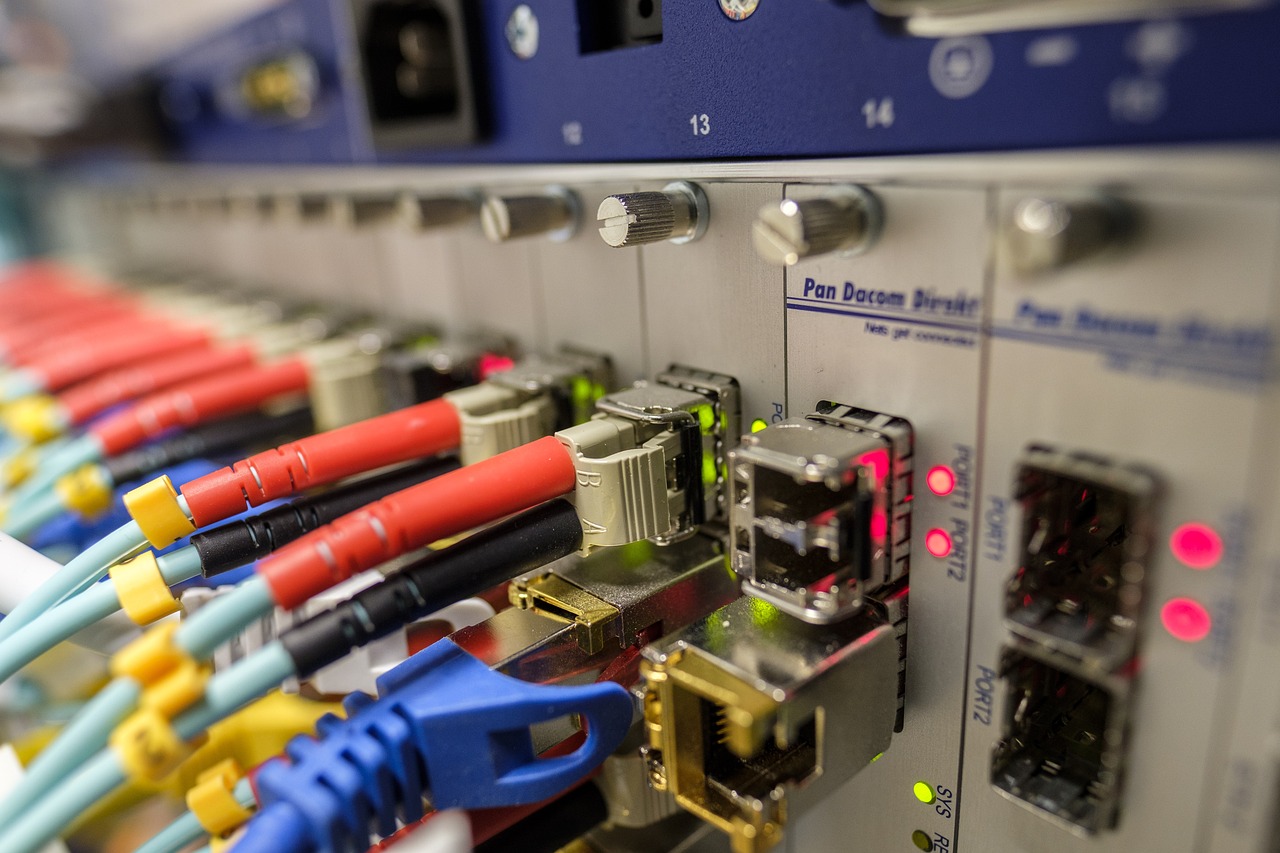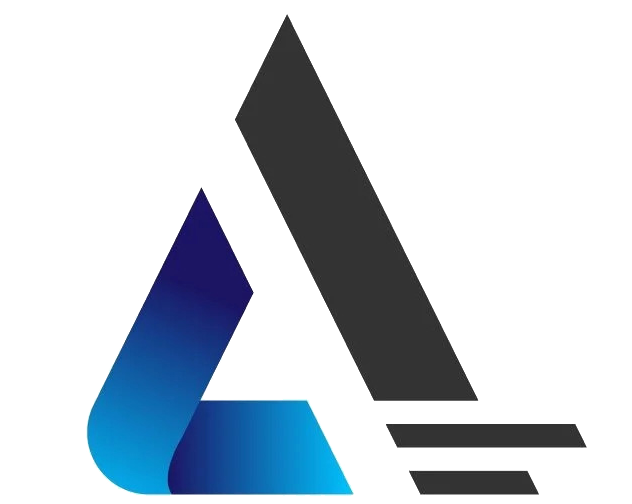Understanding Loose Tube, Gel-Free, All-Dielectric Cable with FastAccess Technology

Exploring the Basics of ALTOS® Cable Technology
When it comes to cable technology, ALTOS® stands out for its innovative features and practical advantages. One of the key distinguishing factors of ALTOS® cable is its Gel-Free and All-Dielectric design. This unique construction sets it apart from traditional cables, making it a top choice for various applications.
The introduction of Gel-Free and All-Dielectric features in ALTOS® cables eliminates the need for messy gels, simplifying installation and maintenance processes. The absence of gel not only reduces the overall weight of the cable but also minimizes the risk of environmental contamination. This makes ALTOS® cables environmentally friendly while ensuring high performance and reliability.
In addition to its composition, another crucial aspect that sets ALTOS® cable technology apart is the incorporation of FastAccess Technology. This feature significantly enhances cable deployment by streamlining installation processes and reducing deployment time. With FastAccess Technology, technicians can efficiently access fibers within the cable without requiring any additional tools or equipment, leading to faster and more cost-effective installations.
Why All-Dielectric Cables Are Essential for Campus Backbones
In the realm of modern connectivity, All-Dielectric cables play a pivotal role in ensuring seamless communication within campus backbones. Understanding the significance of these cables begins with defining their unique characteristics and exploring their vital contribution to education infrastructure.
Defining All-Dielectric Cable
An All-Dielectric cable is specifically engineered with non-conductive materials, providing a distinct advantage in terms of safety and reliability. Unlike traditional cables that may contain metallic components, All-Dielectric cables are entirely non-metallic, offering enhanced protection against electrical interference and lightning strikes. This feature makes them an ideal choice for environments where safety and signal integrity are paramount.
Campus Backbones and Connectivity
Within educational institutions, campus backbones serve as the central nervous system, interconnecting various facilities and departments to facilitate seamless data transmission. The deployment of All-Dielectric cables within these networks is essential for maintaining uninterrupted connectivity across sprawling campuses. These cables support education infrastructure by safeguarding against potential electrical hazards while ensuring consistent data flow for critical applications such as online learning platforms, administrative systems, and research endeavors.
In addition to their non-conductive properties, All-Dielectric cables offer a level of durability that is well-suited to the dynamic demands of campus environments. Their ability to withstand harsh weather conditions and environmental factors further solidifies their role as foundational components within campus backbones.
Advantages of Lashed Aerial Installation for Connectivity
Now let's move on to explore the benefits of utilizing lashed aerial installation methods for establishing robust connectivity across educational institutions.
Advantages of Lashed Aerial Installation for Connectivity
Lashed Aerial Installation Explained
Lashed aerial installation is a method of deploying outdoor cables by securing them to a supporting structure, such as utility poles or towers. This process involves using a lashing wire to attach the cables to the designated fixtures, ensuring stability and protection against environmental elements. The benefits of lashed aerial installation extend beyond mere physical support, encompassing various advantages that contribute to robust connectivity infrastructure.
The Process and Its Benefits
The lashed aerial installation process begins with meticulous planning and assessment of the deployment area. Technicians carefully select suitable support structures and determine the optimal route for laying the outdoor cables. Once the route is established, specialized equipment is utilized to secure the cables in place, taking into account factors such as tension, clearance, and weatherproofing.
The primary advantage of lashed aerial installation lies in its ability to efficiently cover expansive areas while minimizing ground-level disruptions. By elevating the outdoor cables, this method reduces the risk of damage due to human interference or natural obstructions. Additionally, elevated placement enhances signal propagation and accessibility for maintenance purposes, streamlining overall network management.
Real-World Applications of Lashed Aerial Cables
Numerous educational institutions have embraced lashed aerial installation as a reliable solution for establishing seamless connectivity across sprawling campuses. Case studies reveal instances where universities have successfully implemented this approach to interconnect academic buildings, research facilities, and student dormitories.
In one notable success story, a large university campus integrated lashed aerial cables to establish a high-speed network backbone spanning across diverse terrains. This implementation not only facilitated rapid data transmission but also minimized service disruptions during routine maintenance activities. Furthermore, the elevated positioning of the cables provided enhanced protection against potential ground-level hazards, ensuring uninterrupted connectivity for critical educational resources.
In another case study involving a rural educational complex, lashed aerial installation proved instrumental in extending network coverage to remote learning centers situated across challenging topographies. By leveraging this method, educators were able to deliver online learning resources effectively while overcoming geographical barriers.
Understanding FastAccess Technology
The Innovation Behind FastAccess
FastAccess Technology represents a groundbreaking advancement in cable deployment, revolutionizing the efficiency and speed of installation processes. By integrating innovative access mechanisms directly into the cable design, FastAccess eliminates the need for complex tools and time-consuming procedures traditionally associated with fiber optic installations.
This pioneering technology streamlines the entire installation workflow, allowing technicians to seamlessly access fibers within the cable without compromising on quality or performance. The incorporation of user-friendly access points ensures that intricate fiber handling tasks can be executed with precision and ease, significantly reducing the margin for error during deployment.
Cutting Installation Time without Compromising Quality
One of the primary benefits of FastAccess Technology is its ability to drastically reduce installation time while upholding stringent quality standards. Traditional methods often involve intricate splicing procedures and meticulous handling of delicate fibers, leading to prolonged deployment schedules. In contrast, FastAccess simplifies these critical tasks, enabling swift and reliable installations without sacrificing the integrity of the network infrastructure.
By expediting deployment timelines, educational institutions can swiftly implement robust connectivity solutions across their campuses, facilitating seamless data transmission for academic, administrative, and research purposes. This accelerated deployment not only optimizes operational efficiency but also minimizes disruptions to daily activities within educational environments.
The Future of Cable Installation
As technology continues to evolve at a rapid pace, the future landscape of cable installation is poised for further innovation and refinement. Predictions and trends in cable technology indicate a continued emphasis on enhancing accessibility and simplifying deployment processes to meet growing connectivity demands.
Predictions and Trends in Cable Technology
Looking ahead, industry experts foresee an increased integration of automated installation systems that leverage artificial intelligence (AI) and robotics to streamline cable deployment. These advancements aim to further reduce human intervention in installation tasks while ensuring precision and reliability in network configurations.
Moreover, ongoing research and development efforts are focused on optimizing cable designs to accommodate higher fiber counts within compact form factors. This trend aligns with the escalating bandwidth requirements of educational institutions, paving the way for more scalable and future-proof connectivity solutions.
In summary, FastAccess Technology represents a pivotal leap forward in cable deployment practices, setting the stage for an era of expedited installations and enhanced network capabilities. As technological innovations continue to reshape connectivity landscapes, educational institutions stand to benefit from increasingly efficient and resilient infrastructure tailored to their evolving needs.
See Also
Exploring FastConnect Flat Drop Cable Assembly for FTTH
Comprehending Field Assembly of Fiber Optics without Epoxy
Grasping Mini SC FastConnect Reinforced Field Connector for SM G657.A2 Fiber
Uncovering Waterproof Fast Connector for Outdoor FTTH
Becoming Proficient in Nylon Cable Application for FTTR in Fiber Optics


